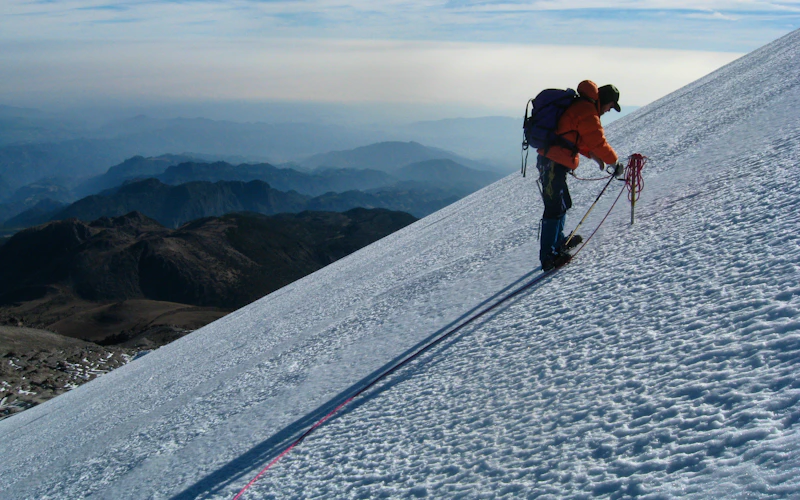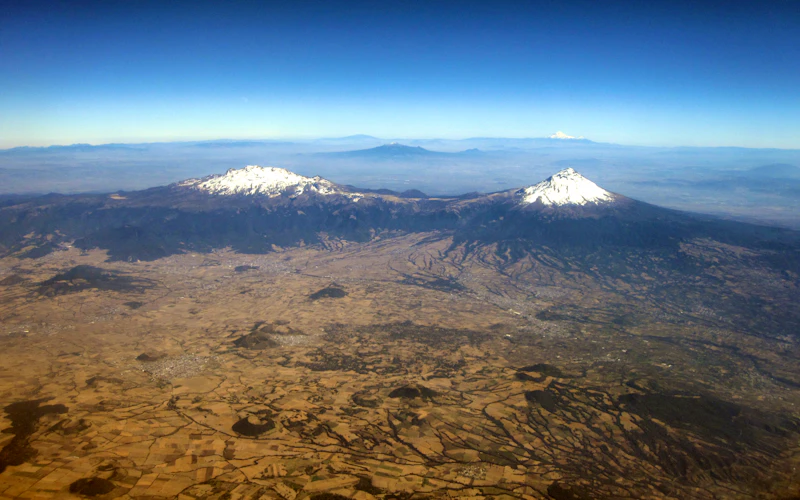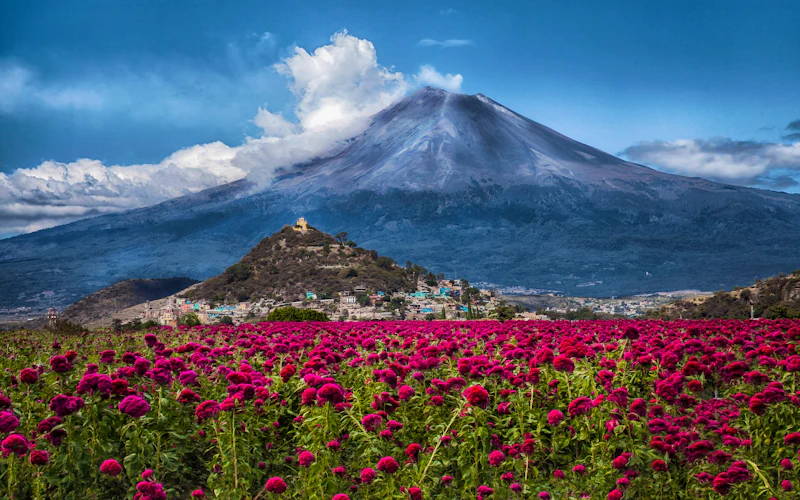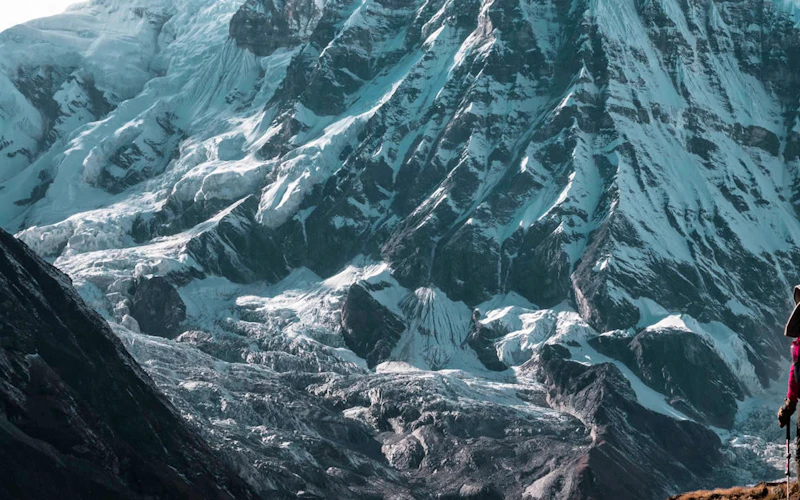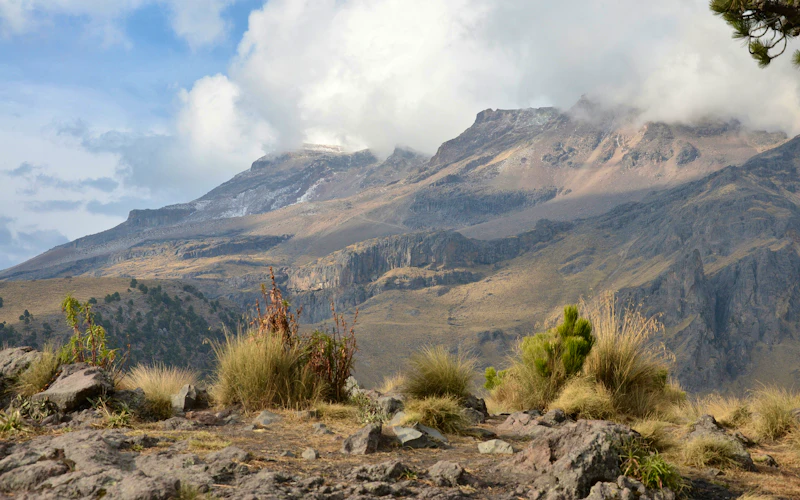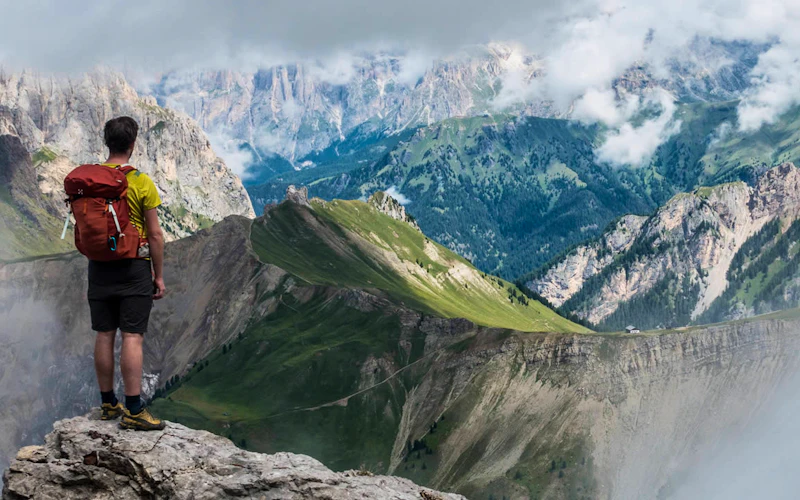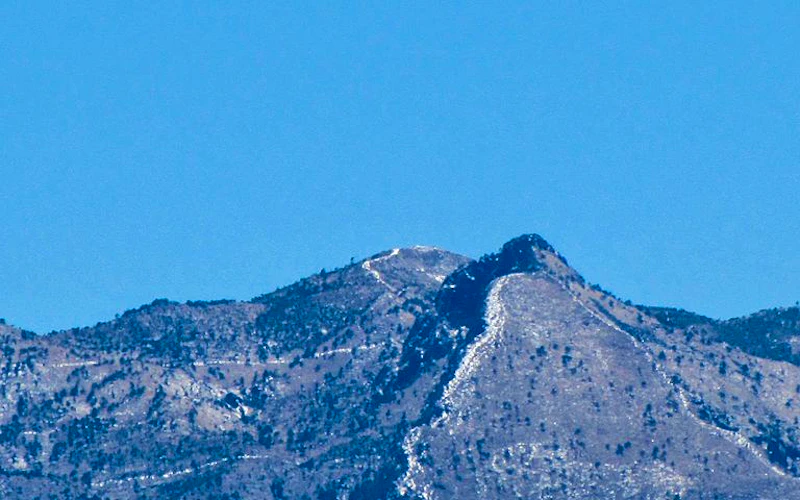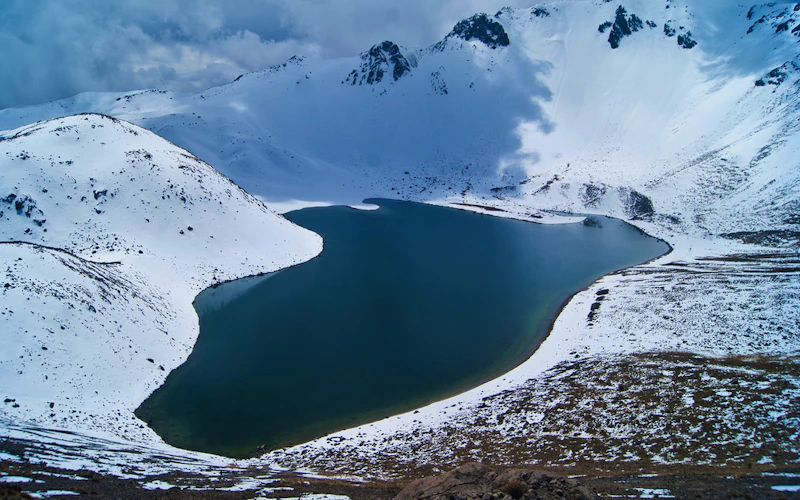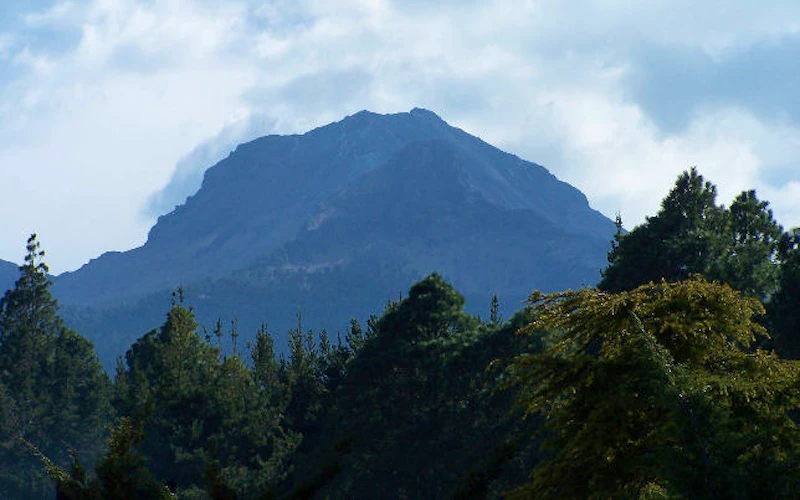Discover Mexico: Top Outdoor Adventures Awaiting You
Mountaineer some of North America’s tallest volcanoes
Top trips | Mexico
FAQs: Mexico
What should I know about Mexico?
Located in southern North America, Mexico is a large and diverse country, with many different landscapes, climates and cultures. While the majority of the mountaineering is done on the eastern end of the Trans-Mexican Volcanic Belt, this is a world away from the tropical beaches of the coasts, arid deserts of the north and ancient pyramids in the southern jungles. Every region has something different to offer. Mexico City is a sprawling metropolis and melting pot for all of the Central American region. Different cuisine, art, music and architecture from all the regions of this diverse country converge here to create a truly unique and lively city. The Mesoamerican pyramids in the state of Pueblo are especially worth a visit, if you have the time.
Why should I choose Mexico for my adventure?
Marvelous Mountaineering
Mountaineers from all over come to Mexico’s volcanic belt to enjoy the diverse climbs and sublime views. There are mountains for people of every skill level, all conveniently located near the capital.
Magnificent Mexico City
In between expeditions, enjoy the diverse and cosmopolitan Mexican capital. Among the local food, architecture, music and culture, there is something for everyone to enjoy here.
Beautiful beaches
Whether you stop by Cancun or head off the beaten path to a lesser known spot, the beaches of Mexico are simply stunning. Be sure to check one out and unwind a bit after your mountaineering adventure.
What can I expect from the weather in Mexico?
During the winter, the best mountaineering season, the Volcanic Belt is dry and pretty temperate. However, temperatures have been can get quite cold and it is always below freezing at the top of the volcanos. The summer and autumn are generally quite hot and wet in this region.
How many days should I allocate for my Mexico experience?
This depends on what you want to do. Many of the best mountaineering spots are all located near Mexico City and each one takes about two days to climb. Some guides offer combined trips that allow you to spend two weeks climbing three or more of the best spots as well as exploring the capital city.
Which language is predominantly spoken in Mexico?
Spanish
What’s the country code of Mexico?
+52
What currency is accepted in Mexico?
Mexican Peso, although US dollars are widely accepted in touristy spots
What’s the high season in Mexico?
Mexico’s Volcanic Belt is located in the subtropical climate zone of the Northern Hemisphere, so November and December are the best times to visit for mountaineering trips.
What people are saying about Mexico trips
Matthias
5.00
outstanding guide Mesh (and cook "heraldo?"), understanding, knowlegdeable, supportive, empathetic, safe, and great fun!
Nick
5.00
Òscar was a top notch guide. He really knew the route well, was in great shape but relaxed the pace when I needed to breathe. The hike itself is simply the most beautiful that I have ever seen.
Daniel
5.00
Great trip - Alvaro and the boys took care of everything for my wife and I during the Trilogy/Triple Peak Trip! Food, transports, tents, gear - all went well. Gustavo, Meesh, Abrahim, Dani, and Oscar were awesome guides and got us there and back. They even helped with a flexible itinerary to help changes in our party's schedule.
Luliia
5.00
Everything was organised perfectly from pickup to drop off in the last day. You do not need to think about anything except your tracking and just enjoy your trip.
Jakub
5.00
Very happy with online and guidance support. Although Gustavo is relatively young guide his hiking and motivating skills are spot on! Overall highly recommended
Join our newsletter!
Stay up-to-date on the best adventures.
